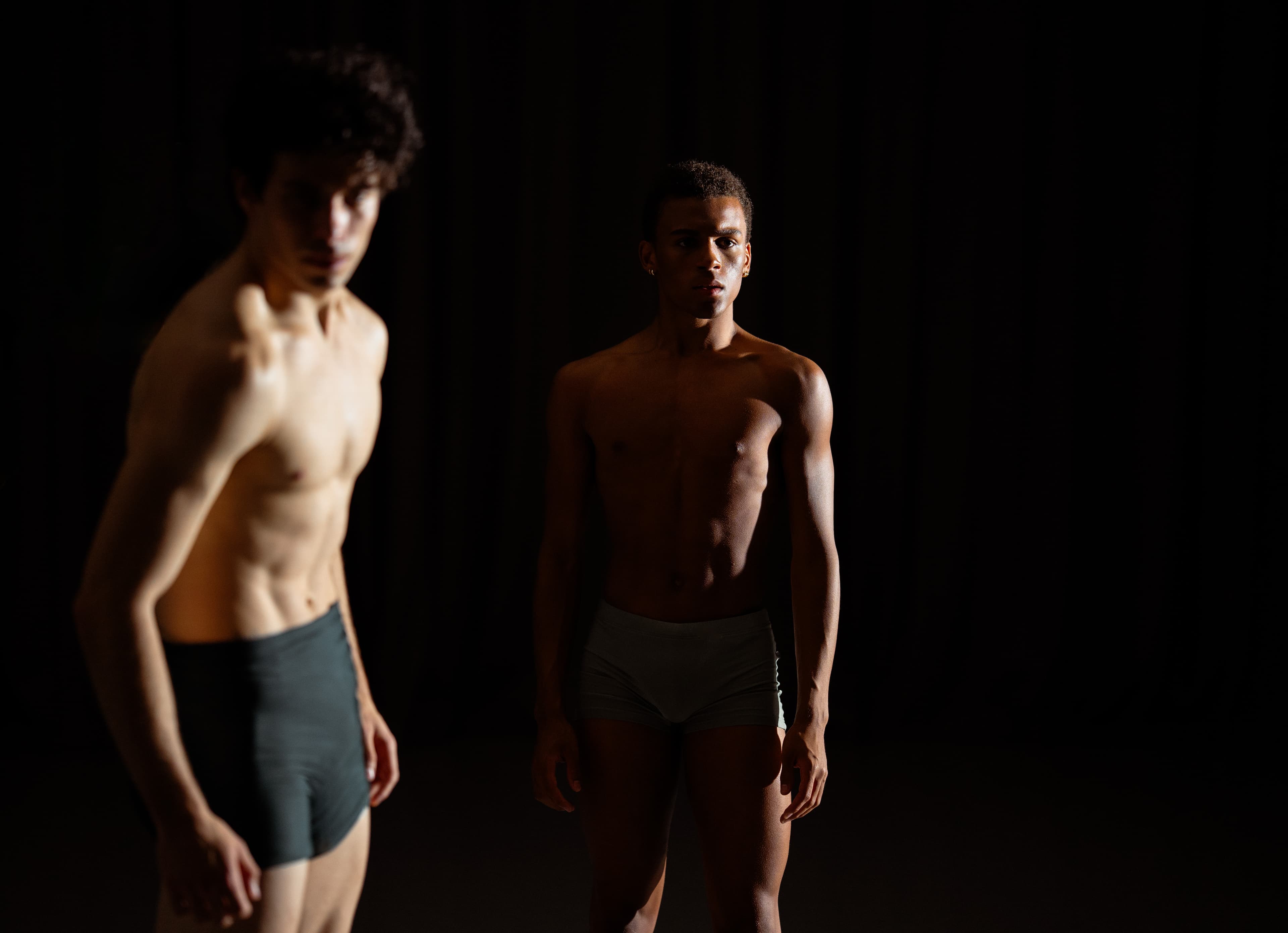
About RED‑D
The truth about energy deficiency in dance. Why it can’t be ignored.
What is RED-D?
RED‑D is a physiological and psychological condition caused by not eating enough to support the demands of dancing and living — physically, mentally, emotionally.
It’s a dance-specific expression of REDs (Relative Energy Deficiency in Sport), a condition recognised across athletic disciplines. But while other athletes are increasingly supported, dancers are too often left out of the conversation. In dance, energy deficiency is too often normalised, aestheticised, or ignored. We’re here to change that.
Who is at risk?
Dance blends artistry with athleticism, but the intense physical demands of this art form puts dancers at risk for REDs.
This condition can develop due to an energy imbalance, either intentionally (through deliberate calorie restriction) or unintentionally (by underestimating energy needs). Difficulties with body image or disordered eating can contribute to the development of REDs.
Several factors contribute to RED-D risk, including:
Growth and development in younger dancers
A physically demanding training schedule
A culture that emphasises leanness and body aesthetics
Long training or rehearsal hours (high training load)
Limited knowledge of adequate nutrition for dancers
Irregular schedules and high-performance expectations
These pressures can make it difficult for dancers to meet their energy needs, increasing the risk of RED-D.